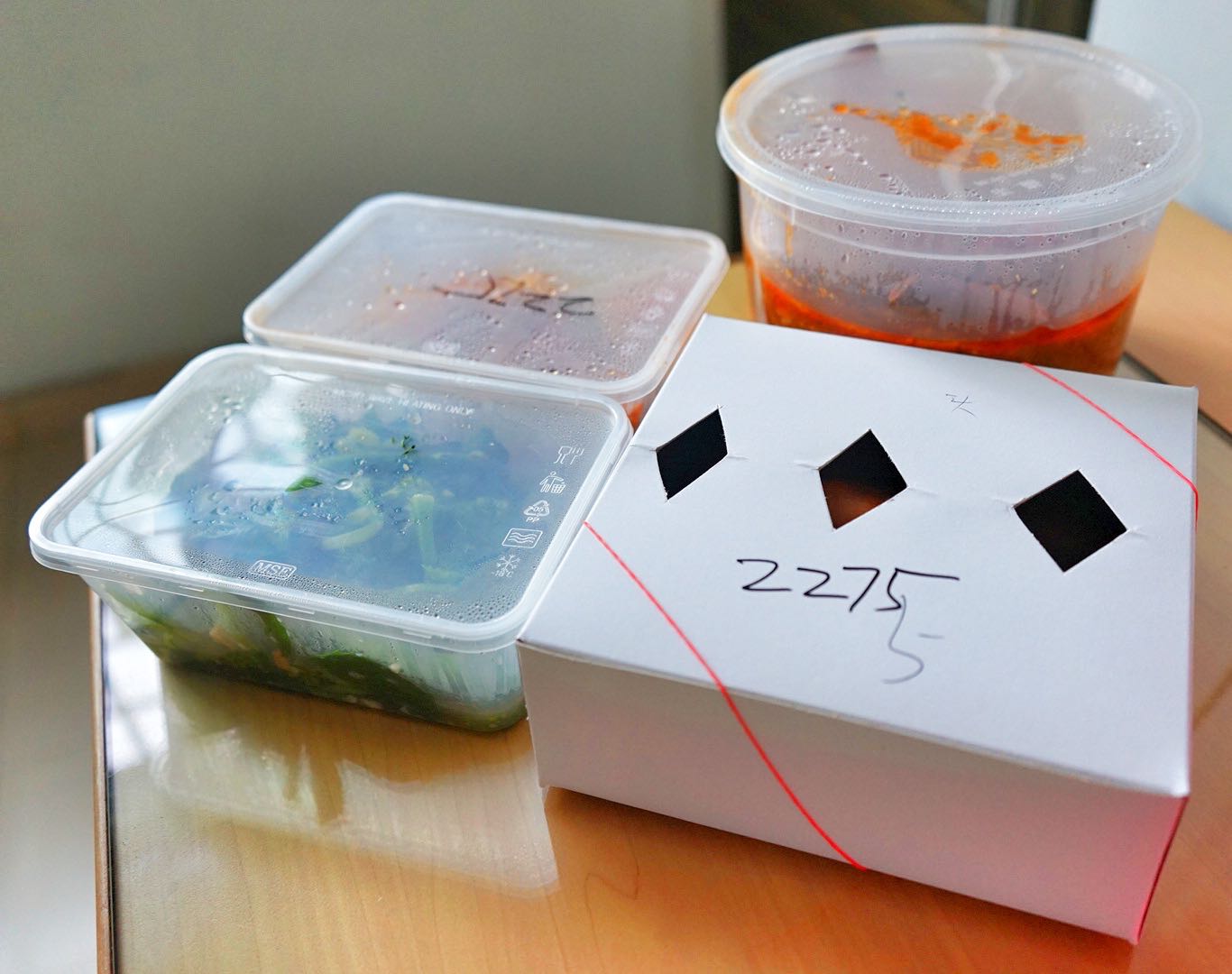Cardboard is a well-known material for all of us, it has unique characteristics, and thanks to its multilayer structure, it provides optimal rigidity. Cardboard is often used for the production of containers, as well as in other areas of activity. Cardboard is an inexpensive material that holds its shape well but at the same time remains affordable. Here are several advantages of ready to eat meal packaging.
- First of all, the packaging is necessary to protect the product from light, bacteria, oxygen. In addition, packaging plays an essential role in the transportation of products and carries vital information about the product itself, its components, nutritional value, terms of use, etc.
- Cardboard product packaging allows you to store the contents safely. The product does not chemically come into contact with non-food products, and corrugated cardboard boxes can protect even from very significant damage.
- One of the main necessary properties of packaging is a guarantee of preserving the high quality of its contents. Milk, for example, must be protected from light because light, even in a short time, impairs its taste and reduces its vitamin content. Fresh milk, packaged in transparent packagings such as glass or plastic, changes its flavor in a matter of hours (especially in the brightly lit refrigerators of modern supermarkets). In using cardboard for aseptic filling, the penetration of light into the inside of the package is completely excluded, which preserves the taste and content of vitamins.
- Cardboard can go through up to 7 recycling cycles before being disposed of. The use of recycled materials also reduces the cost of production. However, this does not in any way affect the quality of food packaging.
- Naturally, all the protective properties of cardboard packaging also apply to other products. For example, in apple juice, the carton prevents it from coming into contact with oxygen, which prevents premature spoilage. Over time, oxygen harms any food by oxidizing it. An excellent example of this is a peeled apple that darkens before our eyes. The product, hygienically and securely packed in a particular food carton, is protected from external intrusions.
- It should also be noted that the cardboard packaging is disposable, and it is clear that there is nothing more hygienic than new packaging.
What Products Are Suitable For Cardboard Packaging?
Cardboard boxes are ideal for various categories of food products:
- confectionery (cakes, pastries, sweets, marmalade),
- baked goods (muffins, cookies, buns, muffins, rolls),
- semi-finished products, frozen products,
- groceries (different types of cereals, pasta),
- sports nutrition,
- fast food (burgers, sandwiches, snacks),
- dry snacks, spices,
- coffee, tea.
For each type of product, the packaging is selected personally, according to the product’s size, shelf life, physical and chemical properties.
The boxes can be equipped with handles and increased interest for ease of portability – a window that allows a client to see the product.
Conclusion
Currently, different materials are used for transportation, storage, and direct sales. They can be presented in traditional cardboard, glass, or even polypropylene with an innovative barrier layer. In this article, we have realized ready to eat meal packaging is one of the most popular today among entrepreneurs operating in the food industry.








